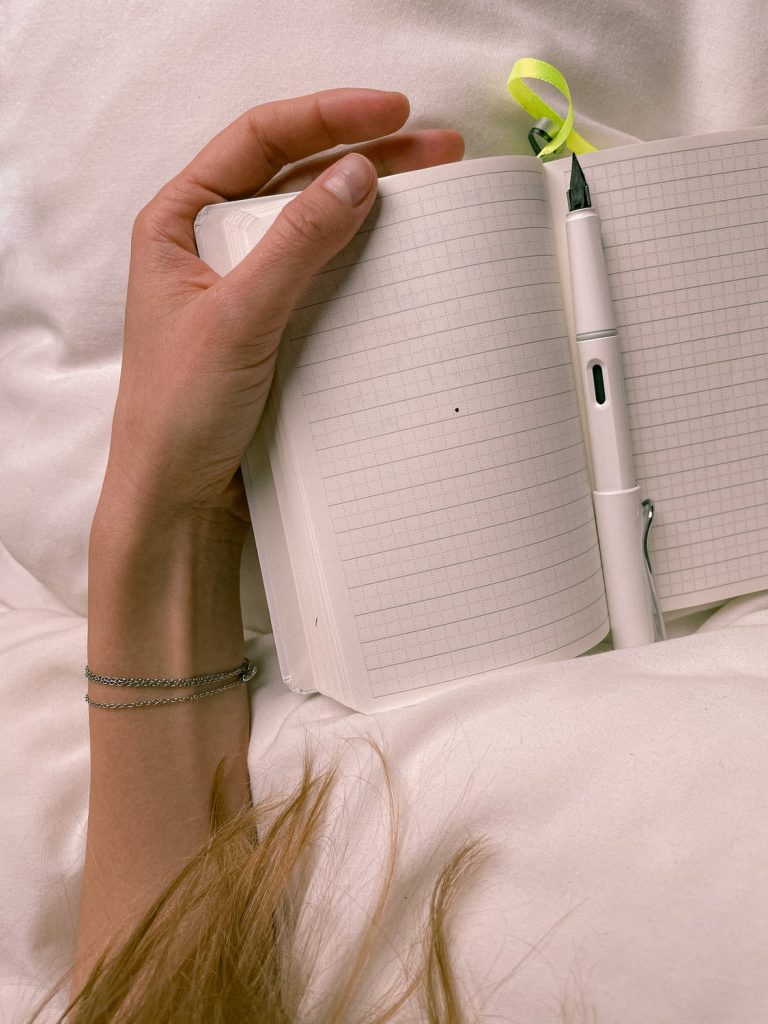How do we make and sustain habits? Can we prevent our New Year’s Resolutions from becoming wasted and forgotten? Label volunteer, Rebecca Pearson, explores the ideas behind making and keeping to our New Year’s Resolutions.
If January is a time of new beginnings, new goals and new habits, February is its reluctant counterpart. Many find the start of a new year the perfect time to play into tradition and create New Year’s Resolutions in a bid to manifest some distant desires of the brain. So, then, why is February so often the graveyard of failed habits and goals that weren’t quite fulfilled?
This year, I set myself the challenge of attempting to read more books – for fun, rather than purely for study as part of my English degree. As opposed to categorising my goals as “New Year’s Resolutions,” I took my brother’s canny idea of creating a “to-do” list for the year – that way, I’d have to complete my goals, right?
Atomic Habits by James Clear suggests that real change comes from the accumulative effect of hundreds of small decisions or habits. So, achieving our goals means first building systems that incorporate these single processes in order to reach them. Building and sustaining daily healthy habits means first recognising our own self-sabotage and reworking anything that might blockade our intentions.
For me, this meant allocating time to “reading for fun,” recognising it as a form of relaxation as opposed to an extension of my degree. Creating balance is deceptively jarring. As a self-confessed workaholic, inputting healthy boundaries within my day-to-day is a long process. But it also extends into many facets of my daily routine.
For many, New Year’s Resolutions involve a focus on health, fitness, happiness, ambitions and friends. It might mean taking the time to socialise more, taking time-out for self-improvement and recharging from the world, or adopting a more enthusiastic and pro-active outlook towards going to the gym and healthy-eating.
One of the things I’ve found that has (so far) helped me stick to my goal of reading more has been writing down any aspects of my daily routine that I would like to change. For example, waking up and checking social media might become reading 10 pages of a book to start the day. Recognising and actively challenging these built-in routines is the first step, but changing these things one at a time is, by far, the most infuriating. It is so tempting to change everything at once. However, building these routines slowly has been something I’ve found most beneficial: gradually upping the duration that I go to the gym for, making sure that I read 10 pages of something I want to read for fun each day (as opposed to struggling through Ulysses for my degree!), and planning out my days by time-blocking – a concept that Tala business-owner, Grace Beverley, plugs through her daily Instagram stories that share her day.
It might seem like a highly long-winded process, but it’s actually quite fun. James Clear’s self-help book emphasises the journey before the destination – a rather cliché, but highly realistic, approach to habit-building. And, sometimes, it’s the breaking-down of unhealthy habits that can help us formulate new ones.


